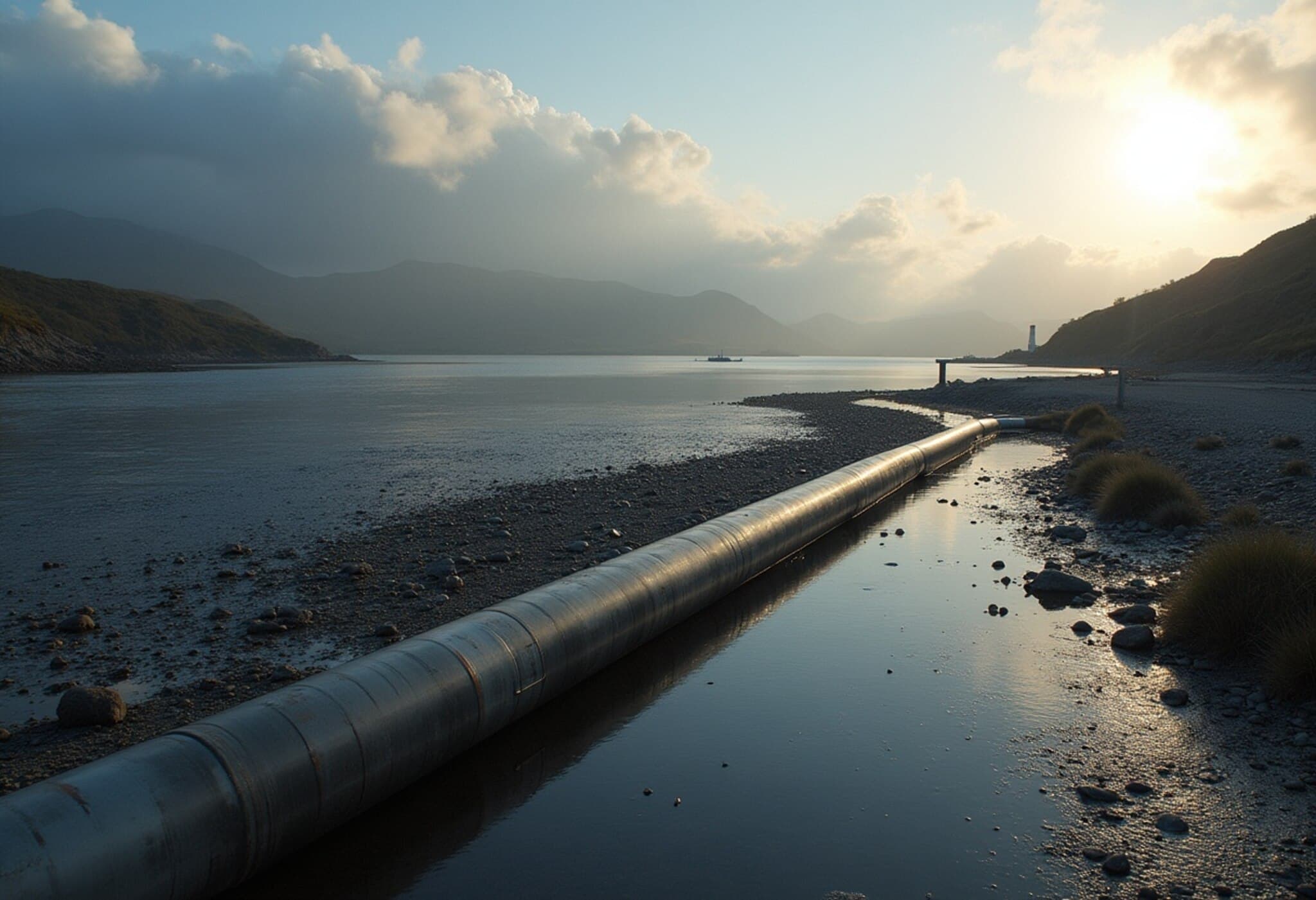Radioactive Water Leakage from UK Nuclear Base Sparks Safety Concerns
In a revealing exposé following a protracted six-year battle for transparency, official reports have uncovered that radioactive water from the United Kingdom’s nuclear weapons storage facility at Coulport was discharged into the nearby sea due to aging infrastructure and insufficient maintenance.
What Happened at Coulport?
The Scottish Environment Protection Agency (SEPA), responsible for overseeing environmental safety, documented multiple incidents of radioactive water leaking into Loch Long, a sea loch adjacent to the facility near Glasgow. These leaks trace back to numerous pipe bursts, with investigations showing that up to 50% of the base’s 1,500 water pipes had exceeded their expected service life.
Coulport serves as a critical hub, housing nuclear warheads that arm the UK’s Trident submarine fleet, making operational safety and environmental protection a pivotal concern.
Maintenance Shortcomings and Environmental Impact
SEPA's reports sharply criticized the Royal Navy for “shortfalls in maintenance,” describing a failure to adequately manage aging assets as the root cause. Specifically, a significant leak in August 2019 flooded a nuclear weapons processing area, with contaminated water subsequently flowing directly into Loch Long through an open drain.
While SEPA emphasized that the tritium radiation levels measured were too low to pose an immediate threat to public health, the agency condemned the Royal Navy’s creation of “unnecessary radioactive waste.” This criticism shines a spotlight on broader issues of infrastructure neglect at sensitive military facilities.
A History of Incidents and Delayed Action
Notably, this was not an isolated event. SEPA’s investigations uncovered previous leaks dating back to 2010 and additional incidents in 2019 and 2021, including releases in other areas within the nuclear base. Despite these warnings, by 2022, progress on 23 required remedial measures promised by the Ministry of Defence (MoD) had been sluggish, with many actions lagging behind schedule.
Legal Battles and Transparency Challenges
The release of these reports came only after a sustained legal push involving freedom of information requests. The Ministry of Defence initially resisted disclosing the files, citing national security. However, in a decisive ruling, the Scottish Information Commissioner clarified that most of the concerns related more to reputation than to genuine security threats.
The information was eventually made public in August 2025, with the MoD reiterating that there had been “no unsafe releases” of radioactive material. Still, the disclosures have fueled debate on nuclear safety protocols and infrastructure oversight within the UK's defence establishments.
Expert Insights and Broader Context
From a policy perspective, this situation underscores a critical tension at the nexus of national security and environmental stewardship. Aging military infrastructure often operates beyond its intended lifespan, as budgets and maintenance focus shift.
Experts warn that deferred maintenance not only risks environmental contamination but also undermines public trust in governmental institutions charged with handling hazardous materials. The case at Coulport raises urgent questions: How are nuclear facilities prioritizing infrastructure upgrades? And what independent oversight mechanisms are sufficiently rigorous to prevent environmental hazards?
Given the UK’s ongoing commitment to maintaining a nuclear deterrent, this episode might catalyze a reevaluation of asset management within defense operations — emphasizing transparency, proactive maintenance, and community engagement near sensitive sites.
Regional and Environmental Implications
Loch Long, nestled in Scotland’s scenic landscapes, has a local economy that partially depends on fisheries and tourism. Even low-level radioactive leaks can generate anxiety and potential long-term ecological impact, especially if not addressed promptly and transparently.
Community stakeholders and environmental agencies may now call for more stringent monitoring and public reporting to restore confidence and safeguard both the environment and public health.
Looking Ahead
The revelations about Coulport’s water pipes illuminate the broader challenge of sustaining nuclear security in a manner that is responsible and sustainable. With the delicate balancing act between defense imperatives and environmental protection in clear view, this story serves as a timely reminder of the vigilance required to manage nuclear materials safely.
Editor’s Note
This investigation highlights how critical infrastructure aging, especially within sensitive defense sectors, can manifest in environmental risks that ripple beyond military confines. It raises essential questions on accountability, maintenance prioritization, and the role of transparency in national security contexts. Readers are encouraged to contemplate the interplay between safeguarding public health and national safety in managing nuclear legacies.



















